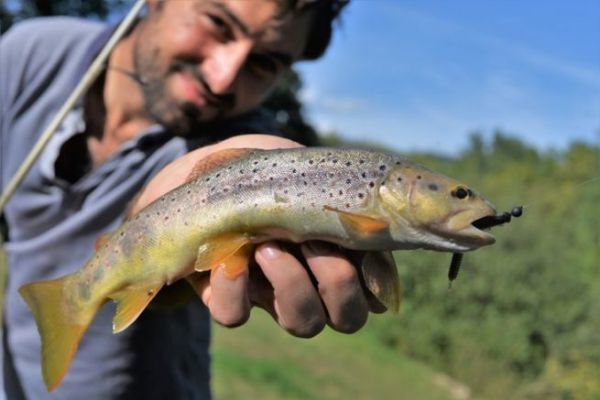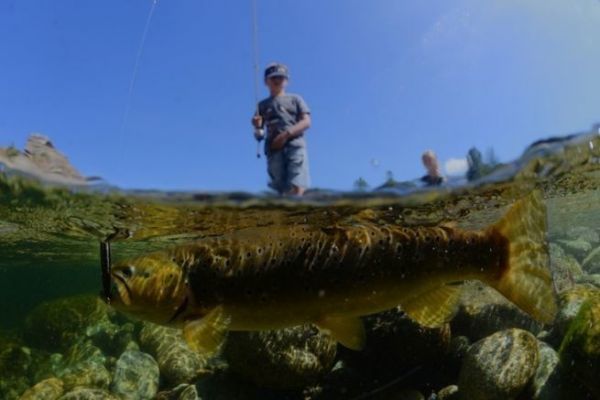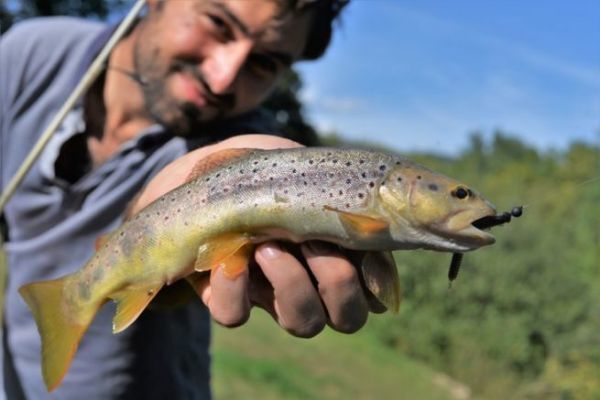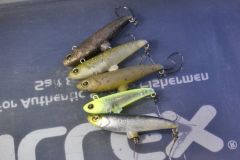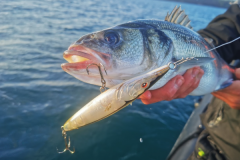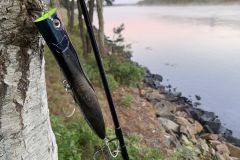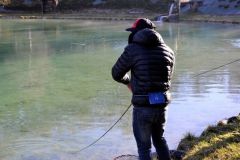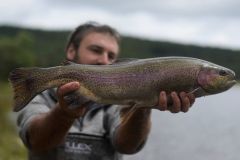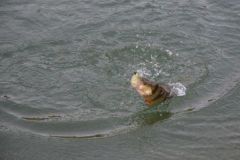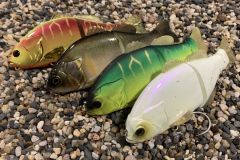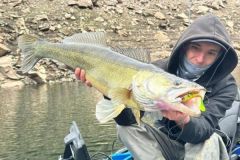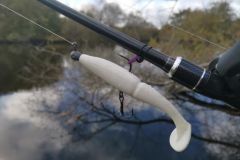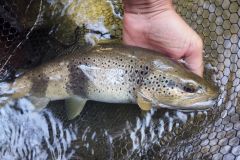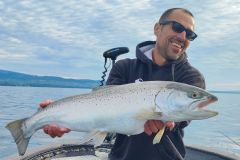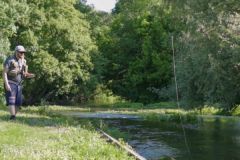Food fishing
Soft lures are a very diverse family of lures. Every possible imitation can be found, including very realistic imitations of small invertebrates. This is a very effective card to play if you don't want to use them as an incentive (strong "aggressive" stimuli), but rather as a food source. Salmonids will not attack your lure in response to signals that excite their predatory instincts, but simply by offering them what appears to be their food.
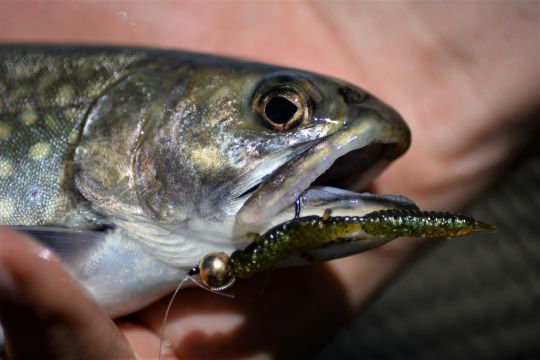
Quite simply... Because most salmonids, especially trout and char, are not just ichthyophagous (fish eaters). They also eat everything that can be found in their watercourses and which represents a rich and easy diet: insects, aquatic and terrestrial larvae, amphibians, crayfish, frogs and tadpoles, mice... There's plenty to be imaginative about.
Imitations of invertebrates, larvae or worms are widely used, especially in competition. Loaded with attractants, they are ideal for making wary fish bite and bite back.
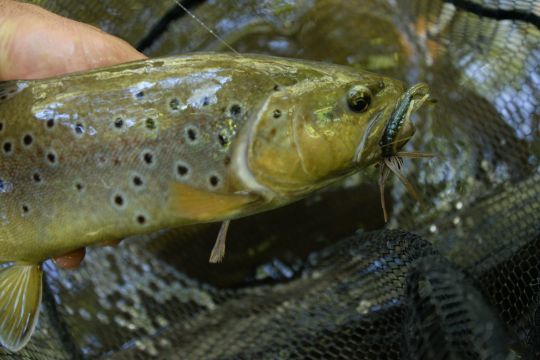
To mount these soft lures, presented in a subtle, natural way, the top choice is the micro leaded head weighted with a tungsten ball. This is a lead head derived from fly-fishing nymph rigs. A parallel can be drawn between this type of lure fishing and certain fly-fishing and toc-fishing techniques. The hook will be a simple size 8 to 2. The tungsten ball is often between 3 mm and 5 mm in diameter, weighing just 0.5 to 1.5 grams! The ball is glued to a ligature at the eyelet. The high density of tungsten makes for discreet rigs with a small ballast: perfect for a natural, realistic presentation. The lure can also be presented directly on an unweighted single hook for surface or even wacky action!
A sensitive cane
This is very tactile fishing. Success often depends on the lure's precise presentation. To get your lure into the current, a 2-metre fast-tip action rod is a minimum, depending on the position. Most of the time, it's the current that will bring your lure to the fish and give life to your imitation.
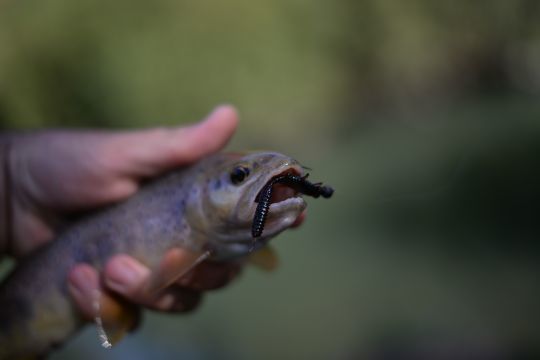
The full tip offers sensitivity and allows minimalist animations to bring the lure to life. In competition, I always use nylon, as its elasticity means less fish will drop out, especially with single barbless hooks. Braid is more sensitive and tactile, but causes more stalling.

 /
/ 